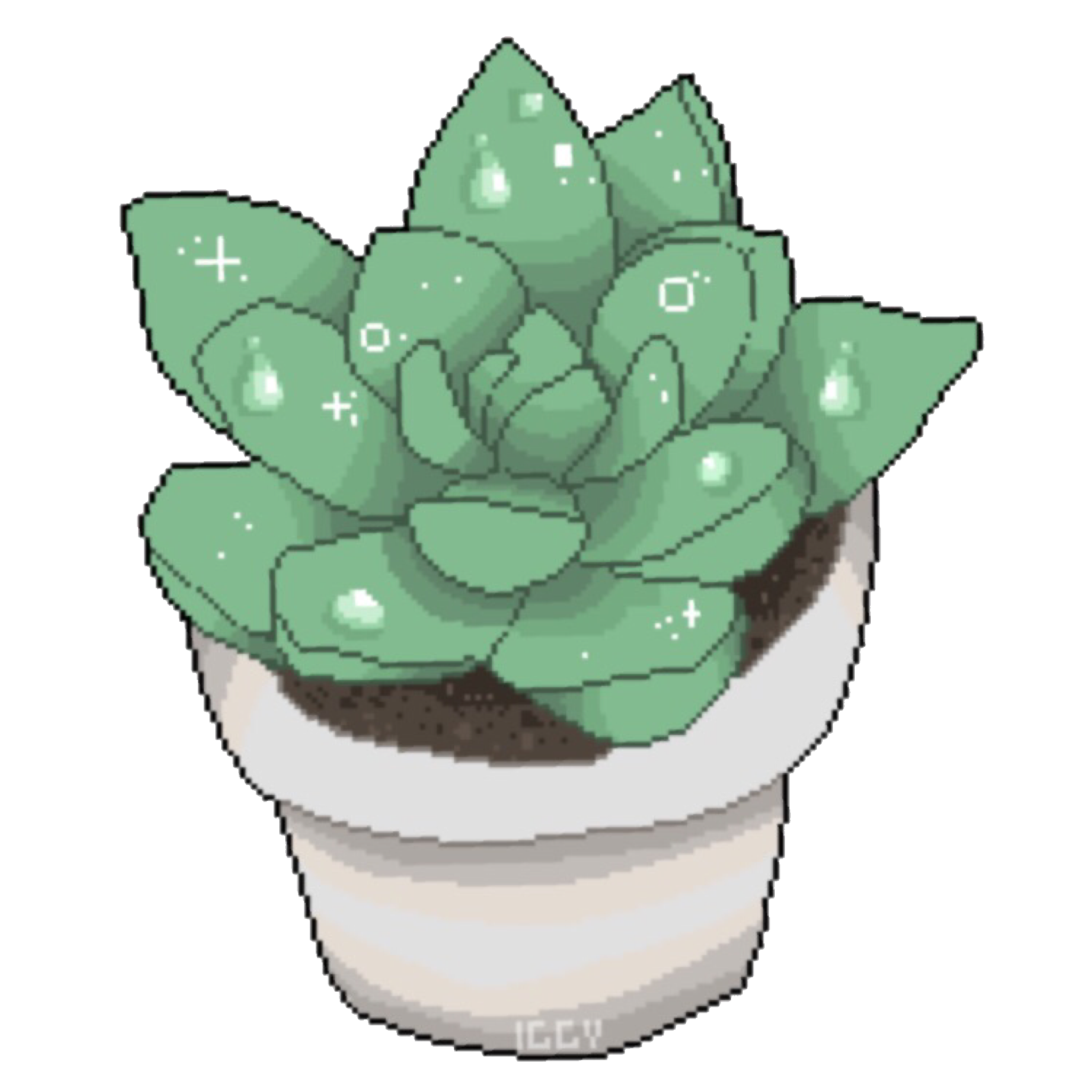Flat mites are becoming super common in the Hoya world, but because they’re so hard to see and do damage so slowly most people don’t know about them. A lot of cases of plants failing to thrive, never growing, or just looking sickly and slowly dying may be due to flat mites. You can see them easily with a cheap handheld magnifier, usually on the underside of leaves near the base.
Check out this link for more info: https://vermonthoyas.com/2022/11/09/lets-talk-about-the-new-hoya-scourge-the-flat-mite/
To cut to the chase, mix 2 tbs of sulfur with a gallon of water, shake vigorously, and put it in your sprayer. Shake frequently while spraying. Do it outside, we call it farting on our plants for a reason…
The gracilis (memoria?) pictured looked OK but it was next to patient zero, a fitchii that is just now coming back from the brink of death. The gracilis is suddenly growing like mad a month after farting. I left the sulfur residue on the leaves as a preventative so you can easily tell the new growth from old.


For anyone considering using sulphur outdoors, I just want to add some tips to minimize impact on bees.
Although garden sulphur’s toxicity towards bees is officially classed as low, it can still hurt them up to a week from application. It can make them aggressive or kill them, and they can bring toxicity back to their colonies if affected.
Best practice is to apply when plants are not actively blooming, after 5pm, and when temps are below 55°F/13°C
Outstanding info that I wasn’t aware of. We must do everything we can to protect out buzzy buddies.